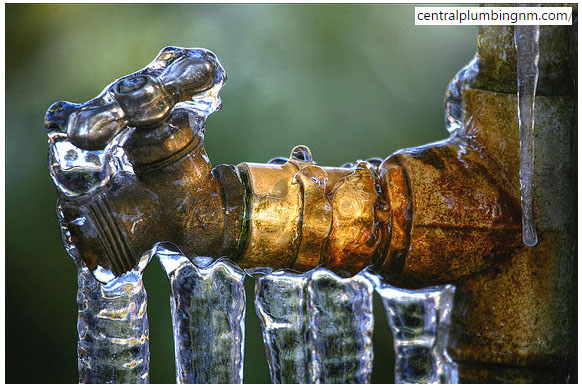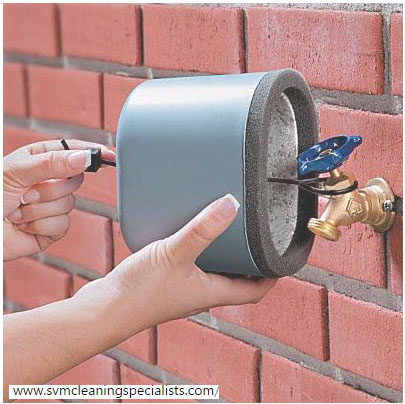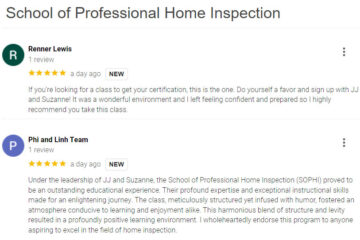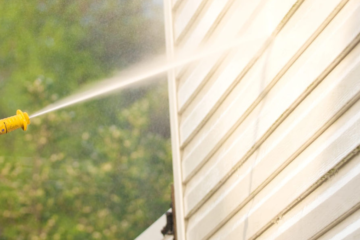With the cold snap finally here it is time to get serious about preventing the most common problem most people will have with their homes. Here are a few tips to prevent frozen pipes and safe ways to thaw them.
The most vulnerable plumbing in most homes are hose bibs, sprinkler systems, water supply lines in unheated spaces like attics, crawl spaces, garages or exterior walls.
1) The most important tip: Know how to turn off the water before you have a plumbing disaster! In our area if you are on city water, there is typically a shutoff at the meter, usually in the sidewalk or parking strip. There usually is a shutoff in road, but we recommend you shut it off in the road instead. You will need a tool, here is a brief video on turning off your water.
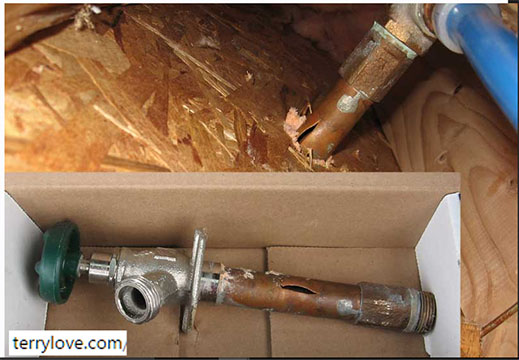
“What happens is that the hose isn’t removed during the Winter months, and then the copper tubing splits. Remove the hose, and this never happens.” “In this case the homeowner will get water in a wall when they use the hose bib” http://terrylove.com/
2) Never leave your hose connected in freezing weather. the water will freeze first in the hose and then back up into the hose bib. If it freezes there you are likely to have a flood.
3) In very cold weather, you can leave the water dripping at the faucet. Just a very slow drip every few seconds should be enough. Open up the sink bases and vanities that are on outside walls, especially in older homes with little or no insulation. This will allow warm air from the house to help keep the water running.
4) Keep garage doors closed when there are water supply lines are exposed.
5) If you will be going away during cold weather, leave the heat on in your home, set to a temperature no lower than 55° F.
It is better to prevent frozen pipes when you can, but if you do have to thaw them here are some tips:
1) Placing towels the frozen sections and pouring boiling water on may do the trick.
2) Blow dryers may also be used.
3) It should go without saying, Never use a torch, ESPECIALLY on any kind of plastic pipe!
4) If the water runs slowly, leave it on and sometimes the water running through the pipe can thaw it.
Of course have the number of a real pro incase it gets out of hand. Plumbing repairs should be performed by licensed and trained professionals.
